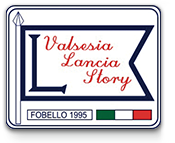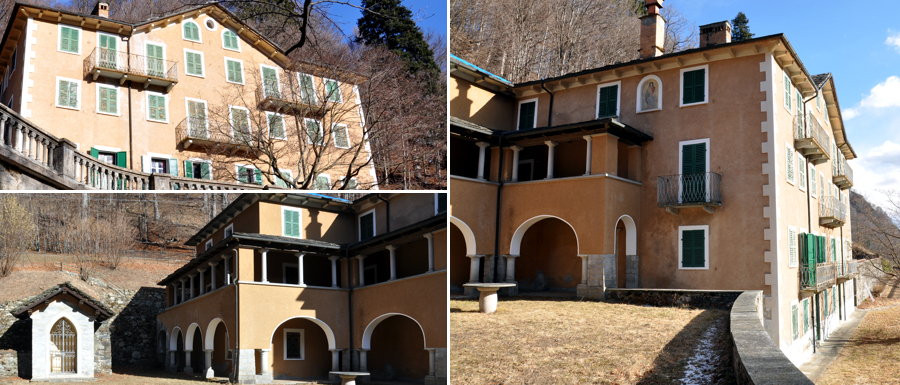Villa Lancia
A Fobello, paese di origine della dinastia Lancia, esiste ancora oggi la maestosa villa in cui viveva la famiglia. Essa è situata nella frazione Montà e può essere raggiunta tramite una strada carrozzabile lunga circa un chilometro che sale dalla piazza del paese.
L’origine della struttura risale a Giuseppe Lancia, padre di Vincenzo, originario della frazione Costa di Fobello, che si trasferì nella frazione Montà circa nel 1880.
Esistevano già tre case risalenti alla metà del ‘700 ed egli si stabilì nella più spaziosa, rimodernandola e facendone la sua dimora estiva.
All’inizio degli anni ’20 del secolo scorso, Vincenzo Lancia fece demolire le due case più piccole, acquistò la cascina adiacente e completò l’acquisto dei terreni che lo collegavano al paese, per un totale di circa nove ettari.
Successivamente venne aggiunta la manica laterale con i portici e internamente venne creato il salone anteriore e la doppia scala che porta ai piani superiori. Gli arredi interni, le stoffe alle pareti, i sette bagni e il riscaldamento centrale appartengono a quella ristrutturazione.
Esternamente furono create le varie terrazze, il campo tennis con l’attiguo salone, il gioco delle bocce, i garages, e la strada carrozzabile che collega il paese alla dimora attraverso cinque tornanti nel bosco.
The Villa Lancia in Fobello is the native town of the Founder of the fascinating car company of Turin.
The original structure goes back to Giuseppe Lancia, father of Vincenzo, who was native of the community “Costa” of Fobello, and then moved to “La Montà” of Fobello in 1880.
There already were three houses in that location, from the middle ‘700: he took the biggest one, modernized it and he made it his summer-home. At the beginning of the 20th century Vincenzo Lancia demolished the two smaller houses, bought a farm in the proximity and joined it to the land he bought, connecting the house to the town, for a total of 9 acres.
Successively, he built the porch and, he created, inside the house, the front living room and the double stairs which brought to the rooms above. The biggest innovations were the internal furniture, the fabric on the walls, the seven bathrooms and the central heating. Outside, he built the balconies, the tennis camp with the adjacent ballroom, the bowl game, the garages and the road with five hairpin turns that connected the house with the town, passing through the wood.

